Mutualismo
by Juan Plada
|
Recently, we shared some interesting information about fungi on social media. One of the most fascinating facts is their ability to associate with plants (which belong to another kingdom) to mutually benefit each other. The plant provides compounds created through photosynthesis, and the fungus facilitates nutrients from the soil such as nitrogen and phosphorus.
This is known as mutualistic symbiosis.
Mutualism has been present since the beginnings of life as a type of bond between living beings, even between species from different kingdoms. Bacteria, unicellular organisms, fungi, algae, and other beings work together to generate more complex systems capable of facing adversities with better results than through species competition, which is often extrapolated to justify certain market behaviors and our relationships, even from an early age.
Some cases of mutualism are simply momentary cooperation between living beings to address a specific situation, but in other cases, this cooperation is essential for the very existence of the organism that forms, such as the case of lichens.
Lichens
Lichens are organisms formed by the symbiosis between a fungus and an alga or cyanobacteria. The fungus provides protection and structure, while the alga or cyanobacteria performs photosynthesis and produces nutrients.
Both organisms mutually benefit in this symbiotic relationship, forming a unique, ultra-resilient organism that can be seen as a small ecosystem.
These can live even on top of a rock, often mistaken for lifeless spots.
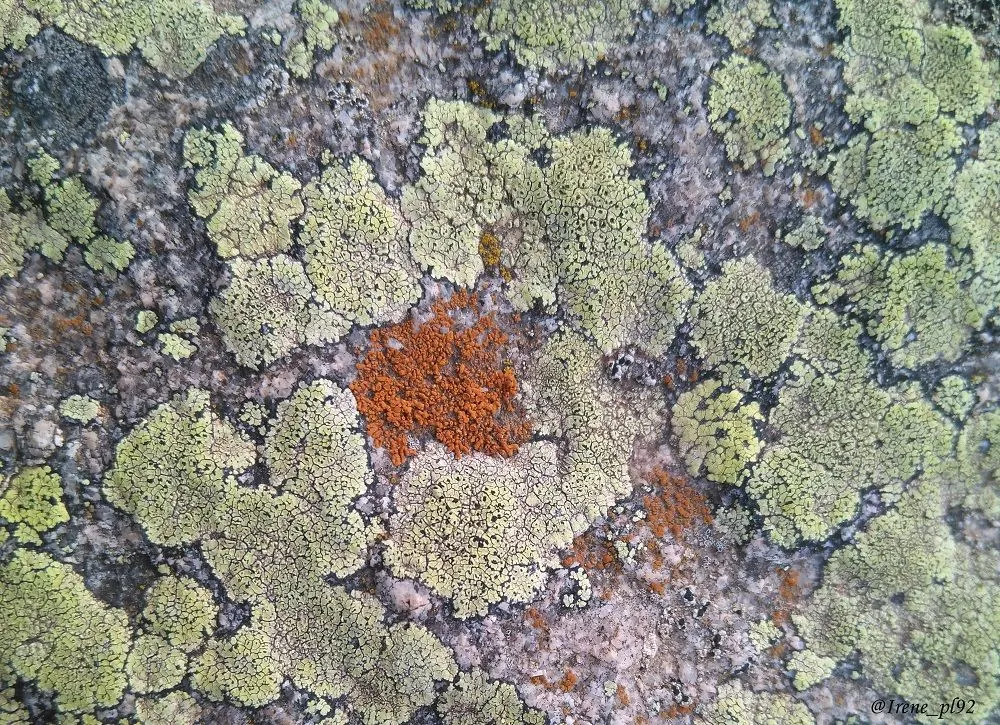
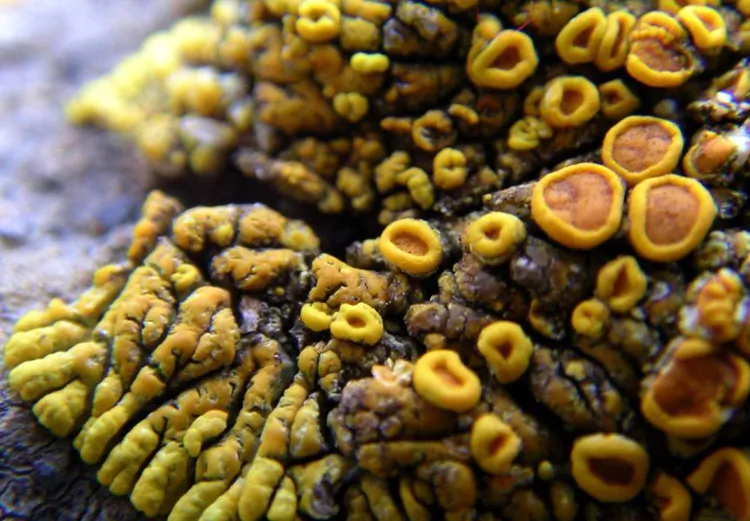
Chloroplasts
The most widely accepted theory about the origin of chloroplasts (responsible for photosynthesis) in cells is endosymbiosis. According to this theory, the process occurred approximately 1.5 billion years ago, when a primitive cell, possibly a prokaryotic cell (bacteria), captured and retained a photosynthetic bacterium known as cyanobacteria or blue-green algae.
Instead of being digested or destroyed by the host cell as typically happened, the photosynthetic bacterium was retained, and a symbiotic relationship beneficial to both was established.
The photosynthetic bacterium provided energy to the host cell in the form of organic compounds generated through photosynthesis, while the cell provided a protected environment and nutrients to the photosynthetic bacterium.
This cooperative relationship gave rise to the plants that sustain the terrestrial food chain.
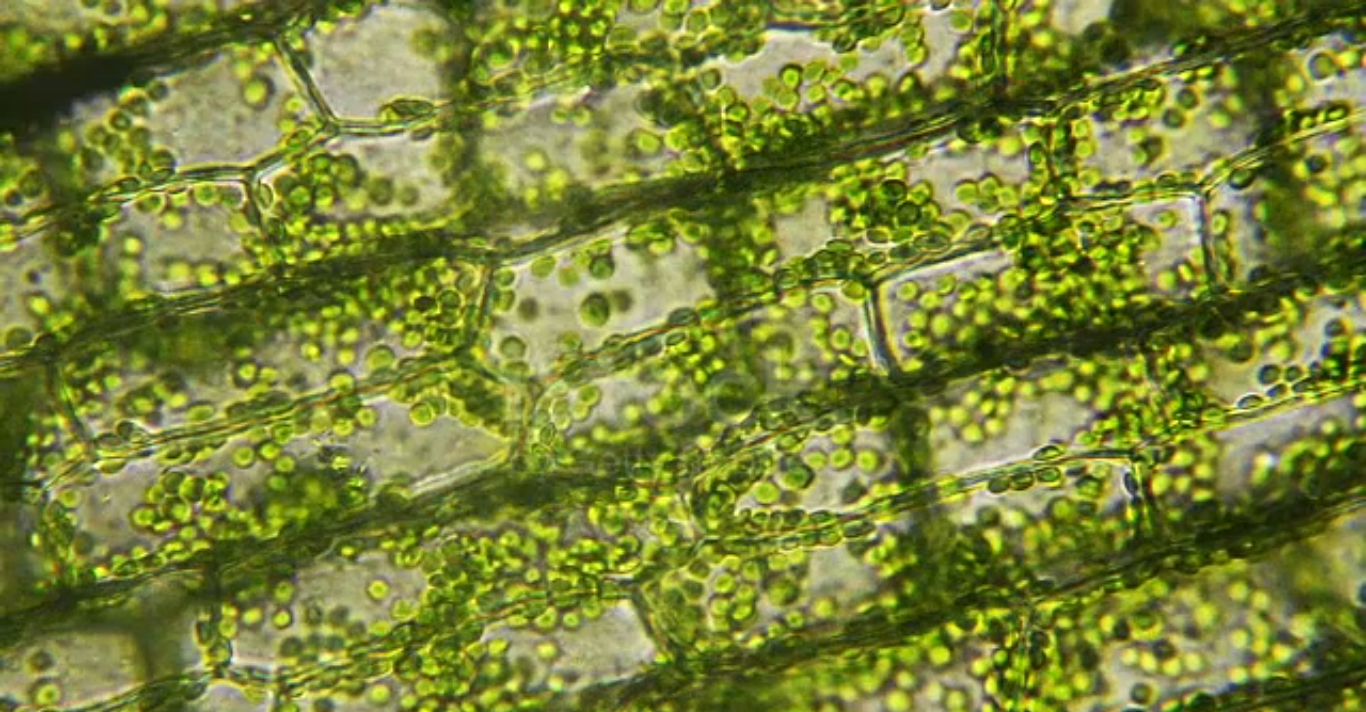
Mitochondria
Another well-known example is mitochondria, the organelles responsible for energy production in eukaryotic cells, believed to have originated through a similar endosymbiosis event as chloroplasts. An ancestral cell would have incorporated an aerobic bacterium into its interior, which eventually evolved into mitochondria.
Rhizobium
Legumes, such as beans, peas, and broad beans, establish a symbiosis with bacteria of the Rhizobium genus. These bacteria are capable of fixing nitrogen from the atmosphere into the soil and converting it into a form usable by the plant. In exchange, the plant provides nutrients and a protected environment for the bacteria in the root nodules.
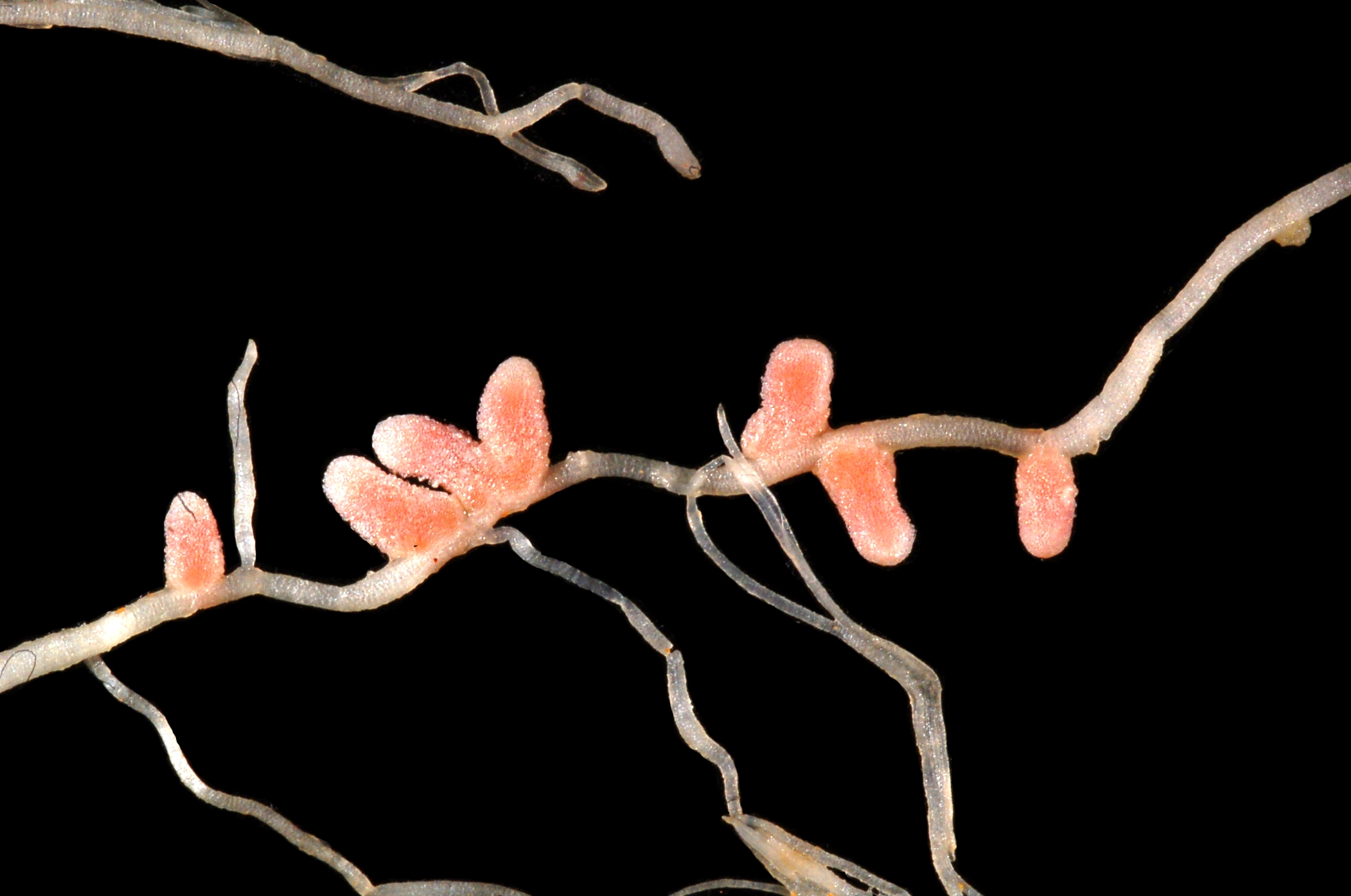
Just like these, there are many cases of mutualisms in nature, some simpler and more ephemeral, like a bird removing parasites from a horse, an animal eating a fruit and dispersing the plant's seeds, or even bees pollinating plants and benefiting from their pollen—a vital connection for sustaining various ecosystems.
I believe it is important not to view these events as static processes or part of the past. Life evolves at a slow pace compared to the time we have to understand it, but this doesn't mean that the process isn’t constantly evolving, even through our actions.
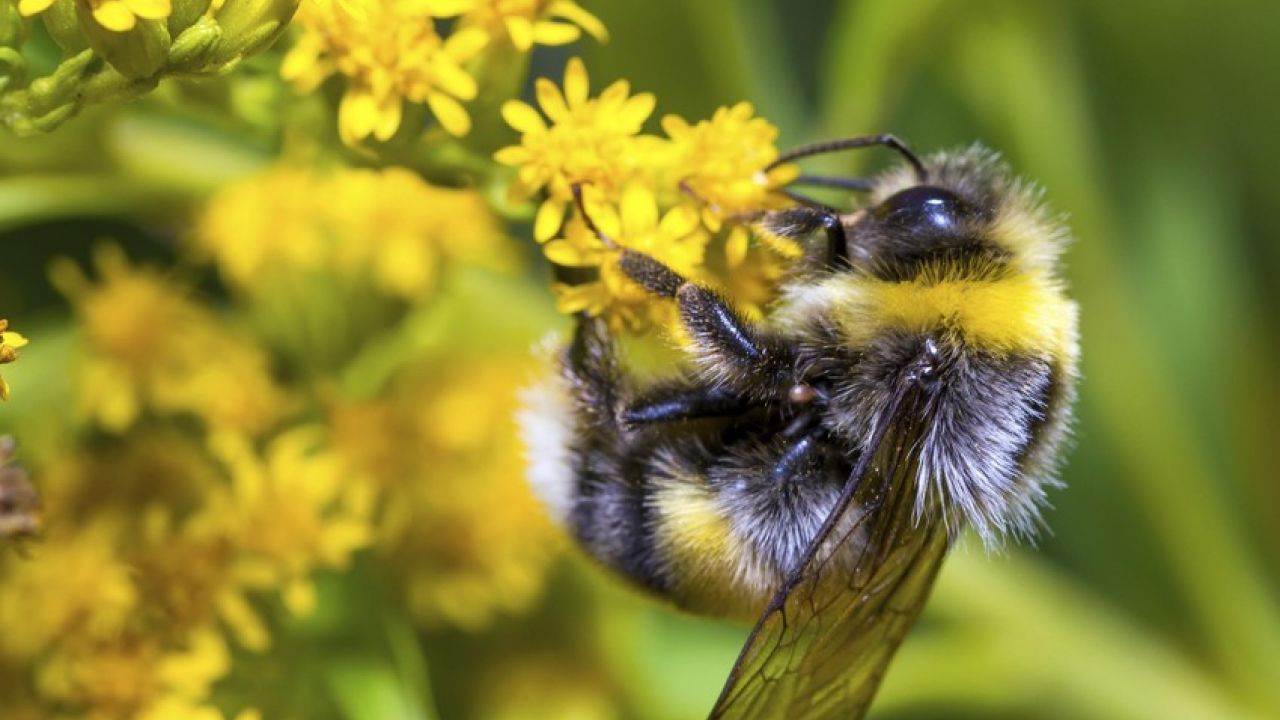 In permaculture, we promote the connections between different systems so that they benefit each other, making them more efficient.
In permaculture, we promote the connections between different systems so that they benefit each other, making them more efficient.
Here are a couple of books if you want to delve deeper into the subject:
- "The Plant Cell: A Molecular and Evolutionary Approach" by María Dolores Reyero.
- "The Evolution of Cooperation: From Darwin to the Prisoner's Dilemma" by Robert Axelrod.
- "Mutualism and Coevolution: Relationships Between Plants and Animals" by Juan J. Morrone and Octavio R. Rojas-Soto.
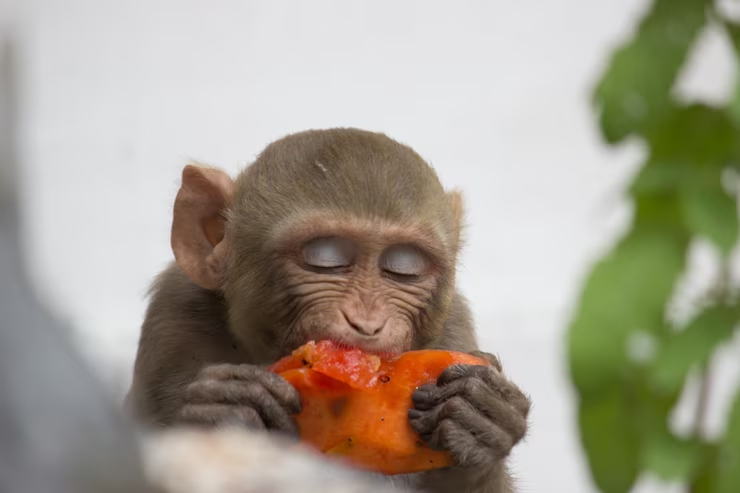
Go Back
|
|
|

